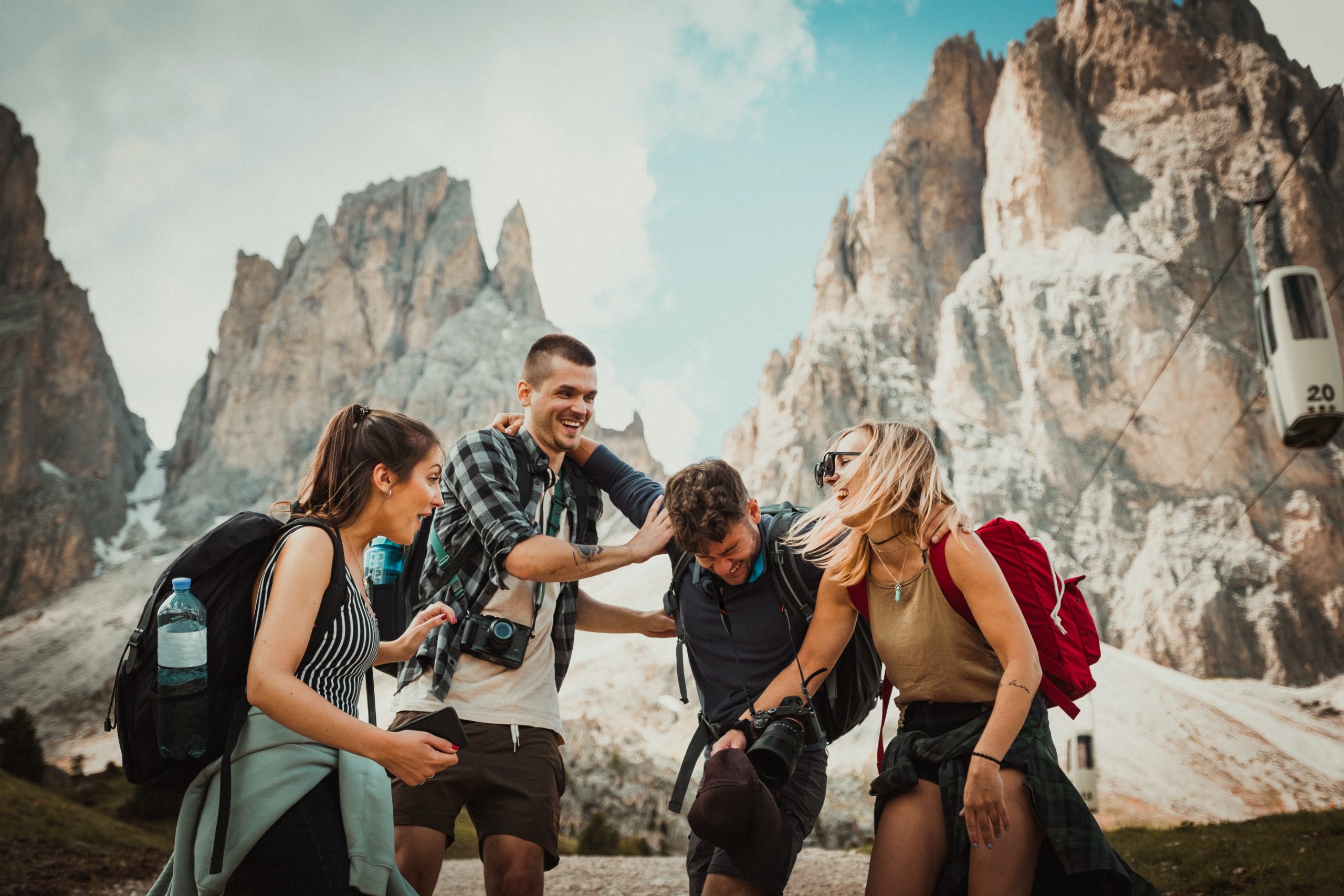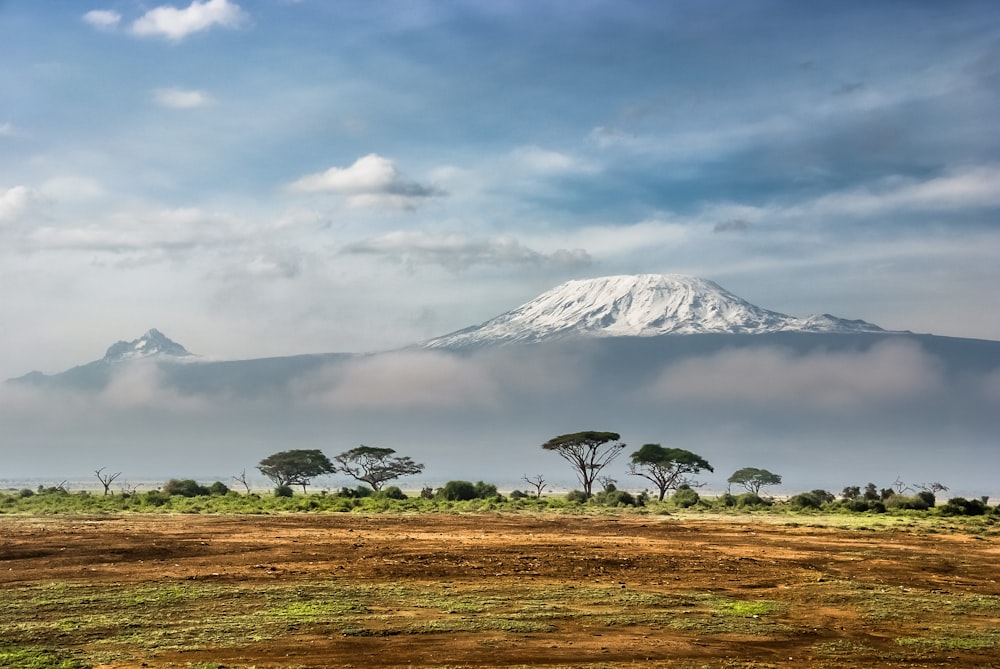
You can choose whether to be disconnected from the modern world and its electronic devices (internet is available but not in use; mobile phone is disconnected; no newspapers, radio, or TV), no fast-food restaurants, no traffic, no crowds of people, no artificial noise – a foreign world in today’s fast-paced bustle.
Wildlife Safari in Kenya is one of the most vibrant and stunning destinations in Africa. The word “safari” comes from the Swahili language and its direct meaning is “travel”. Tourists have changed this concept a bit and turned it into open African parks where animals can be found in their natural habitat.
The variety of games in Kenya is simply amazing. From the Big Five to the Little, Kenyan hunting parks, nature reserves, and other wildlife conservation areas contain some of the most amazing wildlife, so wildlife safaris in Kenya are truly unforgettable.
Scattered on unique landscapes with different geographic features, a huge number of wild animals live here. Wildlife Safari in Kenya is an annual wildebeest migration during the well-known Masai Mara migration between mid-July and late October. The best example of wildlife at its best is the hundreds of thousands of wildebeests, zebras, Thomson’s gazelles, swamps, and eland.
Sustainable tourism and a globally recognized wildlife management model means you see untouched wildlife and internationally significant habitats where wild animals roam freely, including rare and endangered species and the famous Big Five. Visit magical Kenya and experience all that Africa has to offer.
Geography of Kenya
Kenya is located in East Africa. Its topography stretches from the low coastal plain in the Indian Ocean to the mountains and plateaus (areas of flat elevation) in its center. Most Kenyans live in the highlands, where the capital Nairobi is located at an altitude of 1,700 meters.
To the west of Nairobi, the land descends into the Great Rift Valley, a 6,400-kilometer rift in the earth’s crust. Within this valley in the deserts of northern Kenya lies the green waters of the famous Lake Turkana.
Kenyan people and culture
More than 60 languages are spoken in Kenya and there are over 40 ethnic groups. Almost everyone here speaks more than one African language. Music and storytelling are essential elements of Kenyan culture. For centuries, tribes across the country have used songs, stories, and poems to convey their beliefs, history, and customs.
Security
Most areas in Kenya are very safe, especially the national parks area and the southern beaches of Diani Beach. Kenya is the most traditional tourist destination in East Africa and the Kenyan’s expertise in tourist friendliness and hospitality is well known.
We recommend avoiding areas in clashes with the Somali borders along the northern beaches and northern national parks. Imagine a straight line from Mombasa to Lake Turkana, and all areas to the west of this line are quite safe to travel and are the most attractive.
Kenya is a politically stable, “multi-democratic” country. As in all countries, a little common sense does matter, and reasonable precautions must still be observed here. For example, store serious valuables in a hotel safe and do not walk alone at night.
Kenya nature
Millions of people visit Kenya each year to see its endless savannahs and the animals that inhabit it: elephants, lions, cheetahs, giraffes, zebras, hippos, rhinos, and many more. The Kenyan government has established over 50 nature reserves and parks to protect these animals.
People hoping to see some amazing African wildlife usually focus on Kenya’s lowland savannah. But Kenya’s ecosystems also include deserts, swamps, mountains, and forests. Each region has its blend of plants and animals that match the specific conditions of the region. On a wildlife safari in Kenya, you will also visit the high mountain forests, which are home to many animals not found anywhere else in the world!
The intrigues and adventures of Kenya are deeply rooted in human origins, stretching for miles along white sandy beaches and deep into lush forests and sprawling deserts. Mount Kenya is an iconic landmark, towering over the savannah plains and rainforests, and its intricate waterfalls nestled in its foothills.
A cool breeze drifts across the Indian Ocean to refresh your walks in many of the country’s coastal cities and islands. From the highest peaks to the deepest ocean depths, Kenya brings you a dream African journey that will be remembered for a lifetime!
See crowds of wildebeest thundering across the savannah during the Great Migration to Masai Mara, face an elephant in Amboseli, or admire Lake Nakuru with thousands of flamingos.
In these sun-drenched lands, ancient tribes such as the Masai, Kikuyu, and Samburu have maintained their traditional methods, living in relative harmony with nature.
Behind the world-famous safari parks lies a treasure trove of coastal treasures. You can snorkel and dive along the wildlife-rich coral reefs, relax on pearl beaches, experience an amazing mix of Mombasa and Malindi cultures and cuisines, and explore tropical islands steeped in Swahili history.
Topographically, the wildlife safari in Kenya is stunning. Surrounded by calderas and mountain areas, the Great Rift Valley divides the country. To the east of this stretching valley, you can climb the snow-capped equatorial peaks of Mount Kenya and fish for trout in crystal-clear mountain streams.

